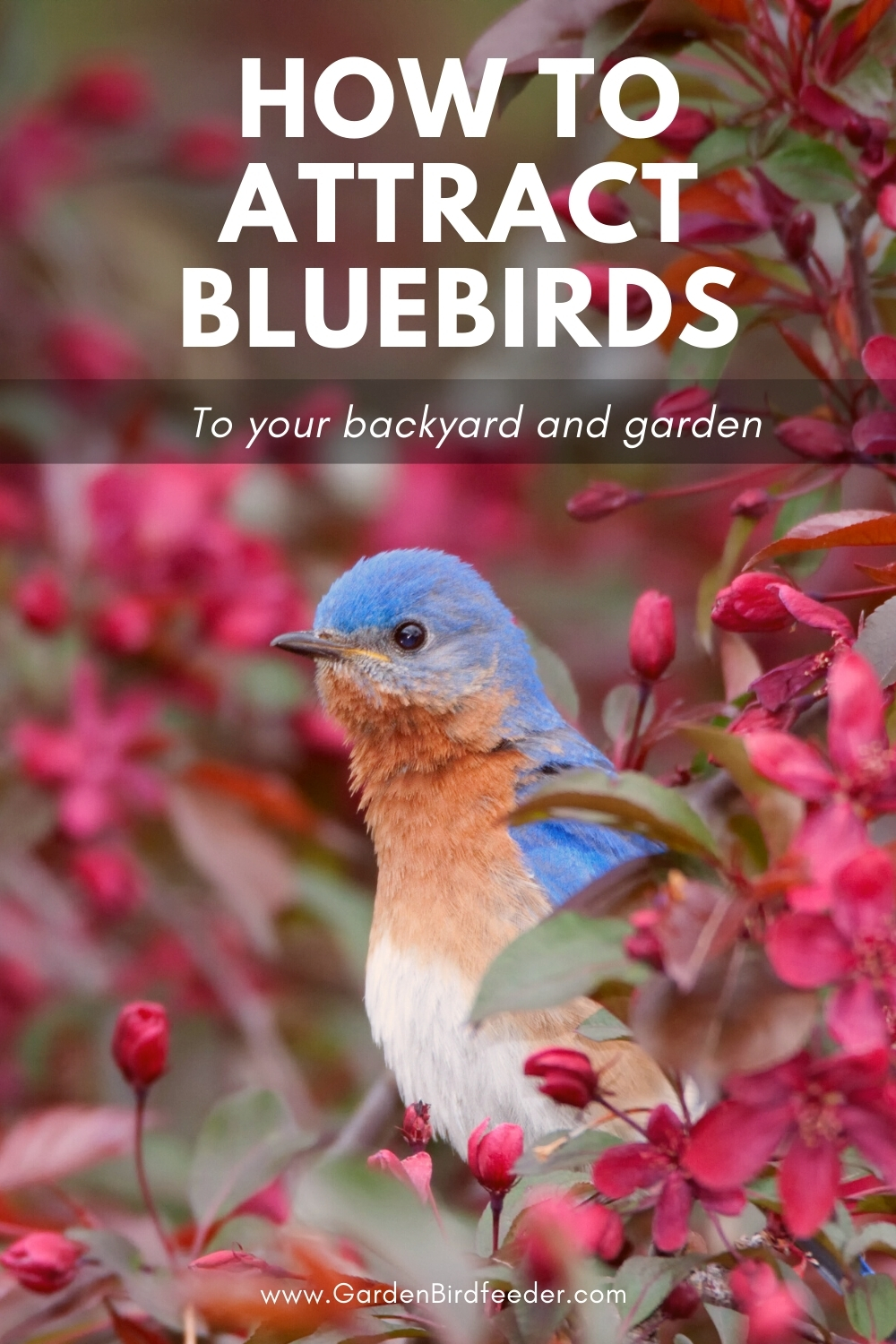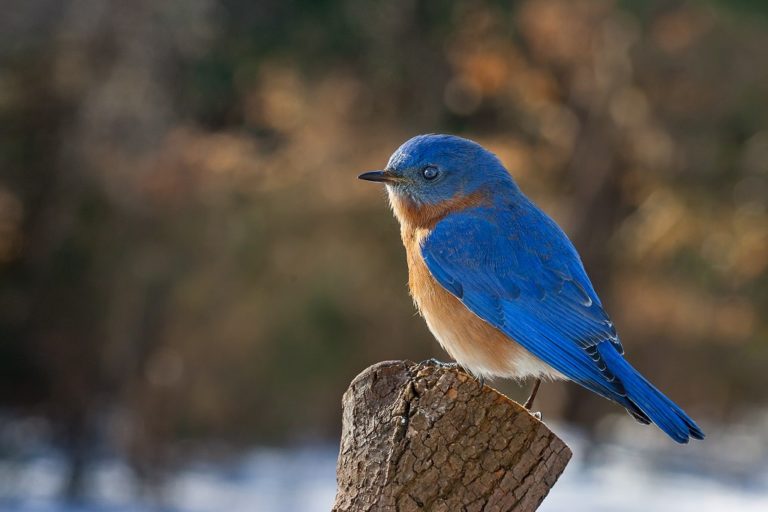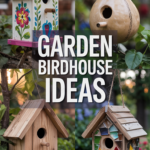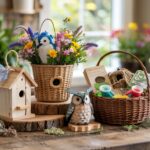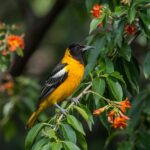The sweet song of colorful bluebirds has been enjoyed and sought after by North Americans for centuries. These beautiful members of the thrush family enjoy living around humans and entertaining them – when their habitat needs are met.
This article will help you create a welcome mat and attract bluebirds to your garden and backyard.
Bluebird Basics
There are three distinct types of bluebirds – Eastern, Western, and Mountain. The Eastern Bluebird is the most widespread of the three. Their descriptive names give you an idea of what part of the country each inhabits.
Bluebird populations have been declining for many decades. This is due to destroyed habitats and the introduction of non-native House Sparrows and European Starlings. Both of these species are cavity-dwellers that steal nesting sites from the gentler bluebirds.
Fortunately, bird lovers came to the rescue. They created and enhanced habitats to protect the bluebirds and encourage their comeback.
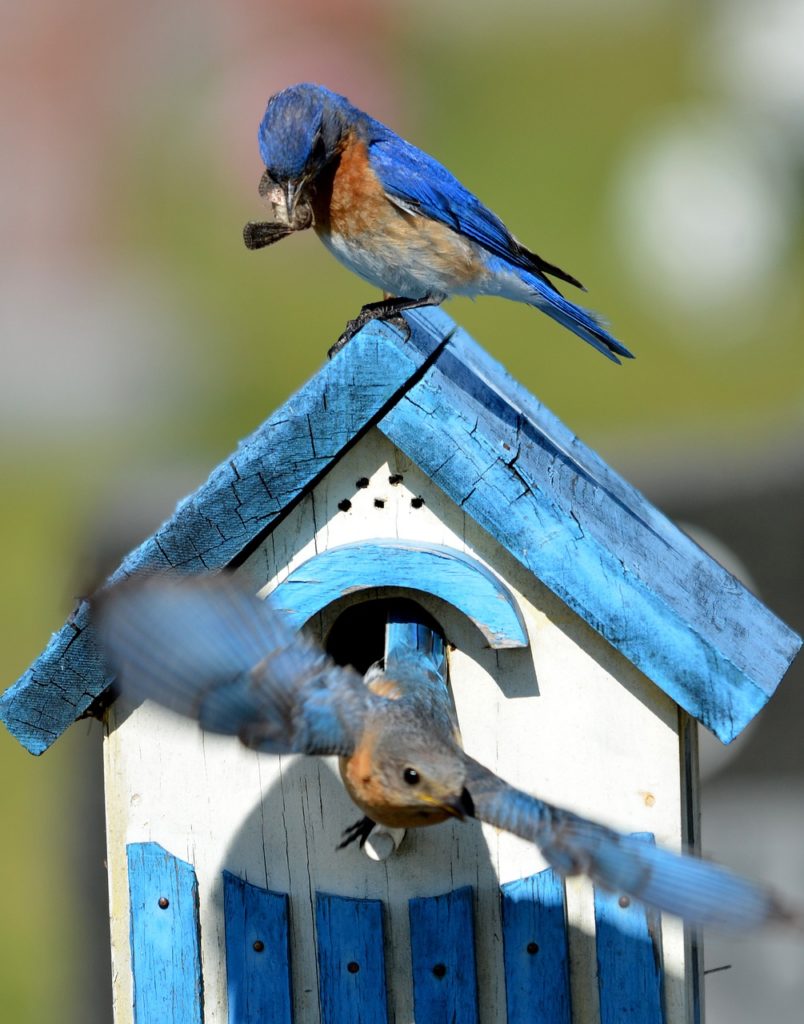
Bluebirds build nests in cavities or holes to hide their young from predators. The male attracts the female to his chosen homesite by showing her nesting materials and flashing his brilliant plumage. Once he has her attention, he leaves the nest building and homemaking to her. She lays a white-to-pale blue egg once a day until she has her desired clutch of 3-8 eggs, which she then incubates for 12-14 days.
While the bluebird females do most of the brooding, the entire family helps feed the hatchlings – even the young birds from the previous clutch. They all bring insects, berries, and other foods to the baby birds. After approximately 18 days, the youngest fledglings leave the nest themselves. It is not uncommon for the bluebird pair to raise up to 3 clutches a year.
Garden-Inspired Birding Tees
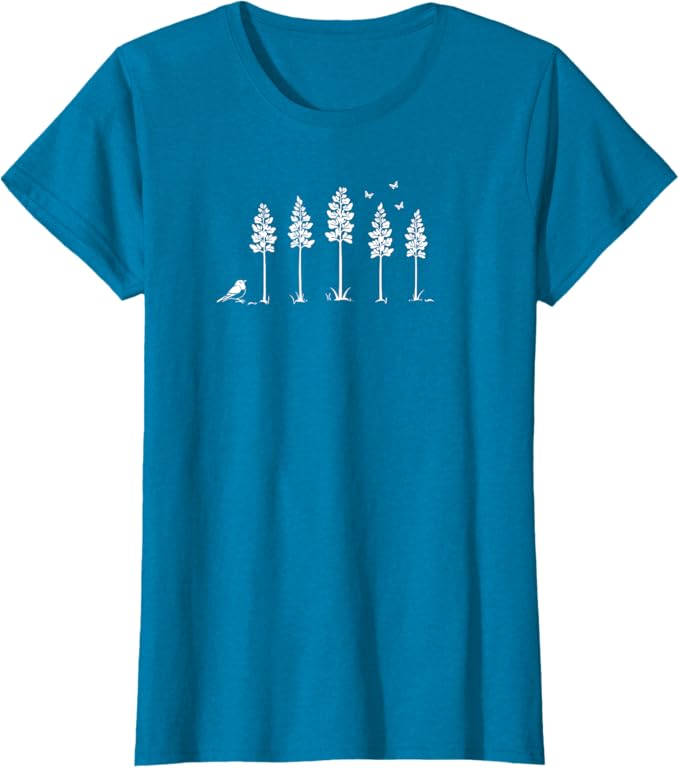
Express your love for bluebirds with this Minimalist Bluebird and Delphinium Flower Art Graphic T-Shirt.
Get yours today, just in time for Spring! Available from Garden Bird Lover Tees at Amazon.com.
Favorite Foods of Bluebirds
Short on time? Watch the video!
The diet of most bluebirds centers around insects and berries. When they have established themselves in an area near feeders, they will add to their buffet accordingly. On occasion, bluebirds will also dine on other creatures such as small frogs, salamanders, and lizards.
Insects
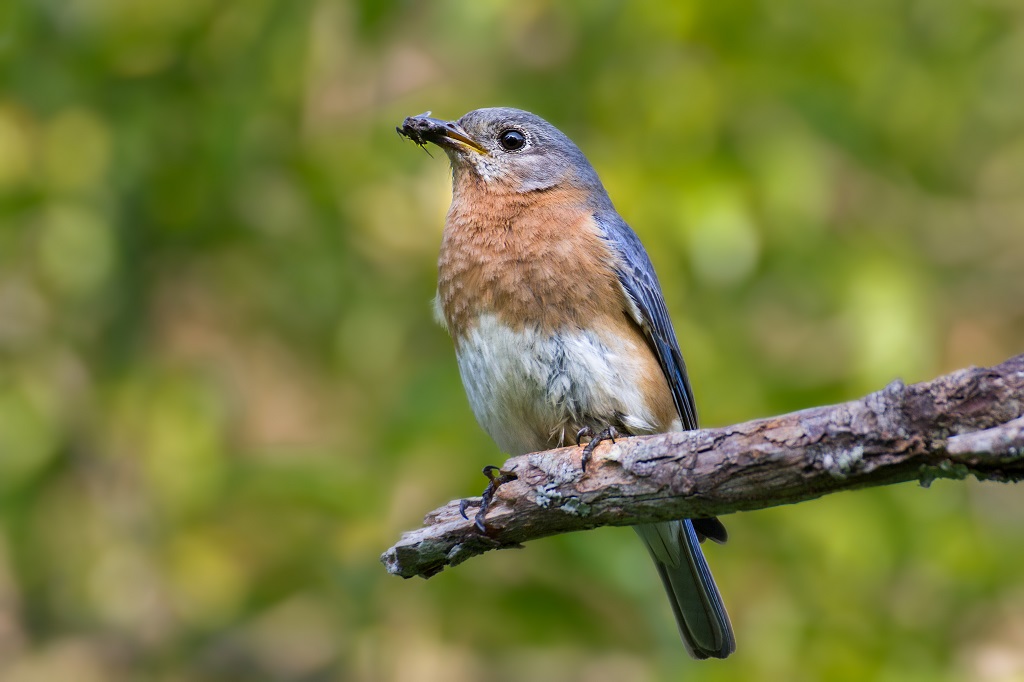
During the warm spring and summer months, bluebirds enjoy perching on whatever is available while surveying their surroundings for insects.
Once they’ve spotted their target, the bird dives down to catch dinner. They often hover instead of landing to grab their prey – in most cases, soft-bodied insects such as caterpillars, earthworms, and grubs. Crickets, grasshoppers, and spiders are also on the menu when abundant.
Fruit, Berries, and Seeds
Berries, small pieces of soft fruit, and seeds are a favorite staple of bluebirds. They are essential during cooler parts of the year when insects aren’t as plentiful.
Mealworms
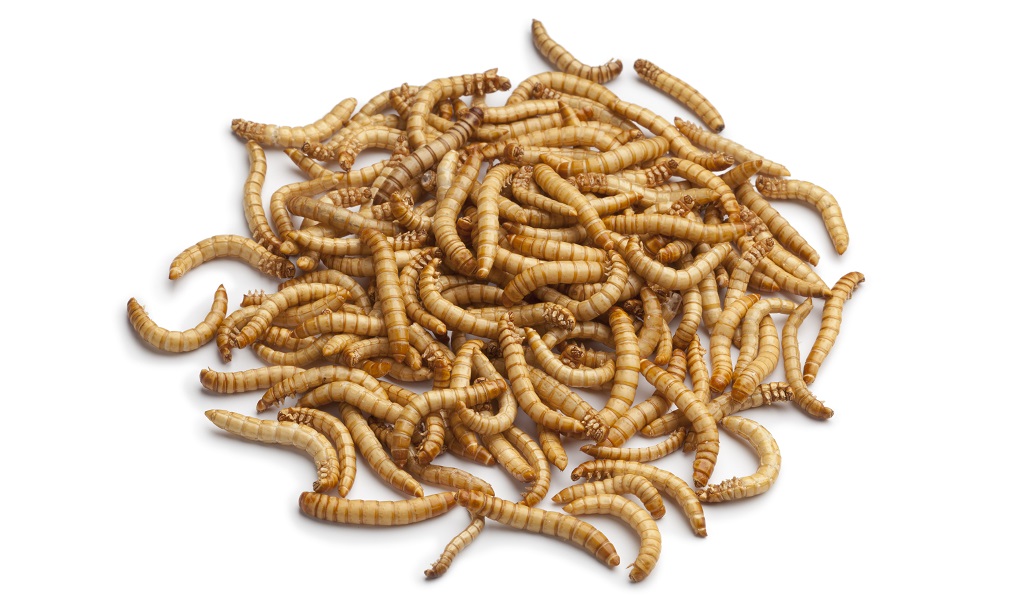
Bird lovers will have no problem keeping the birds coming back if they fill feeders with mealworms. The best bluebird feeders are designed to contain mealworms and other favorite treats. Be sure to keep the feeder in the same location. The birds become accustomed to coming to the same place at the same time to feed.
Suet
Crumbled suet is another way to enhance the Bluebird diet, especially during the winter when the extra calories and fat are welcome. You can buy it prepared or make your own.
Choose Garden Plants to Attract Bluebirds
Figuring out how to attract bluebirds to your yard doesn’t have to be difficult, especially if you fill a garden with plants they love. It is always advisable to plant native, non-invasive plant species that grow well in your zone whenever possible.
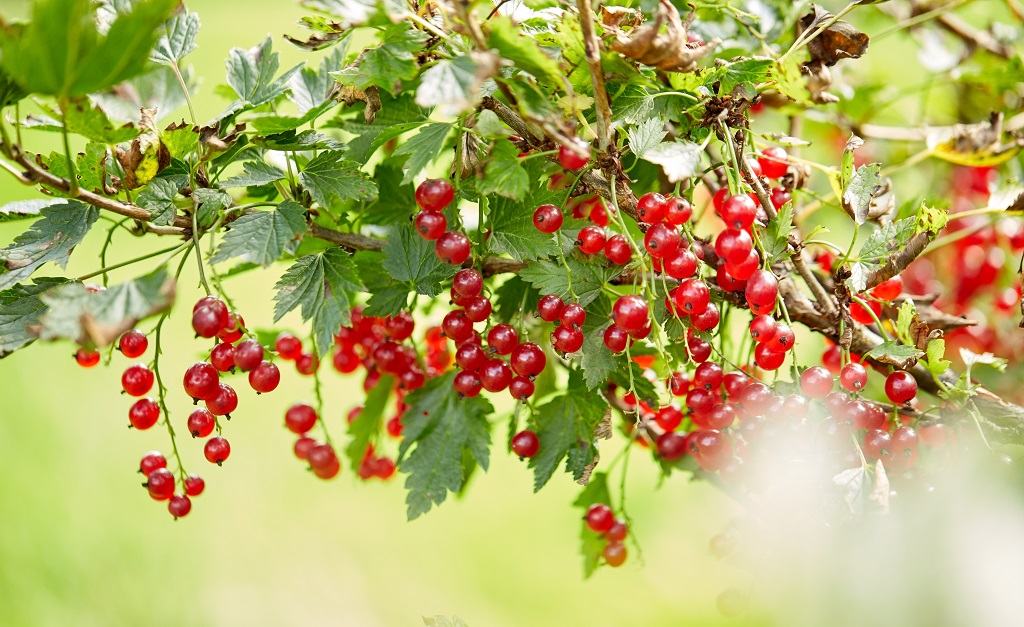
Diversity is one of the main things to consider when planting any type of wildlife. Pick plants that attract various kinds of insects as well as those that provide different types of fruit.
Grow Edible Plants Such as Fruit, Berries, and Nut Trees
Any edible berry or fruit plant is a welcome food source. Many berries ripen later in the season, ensuring a longer period of readily available food for the birds. Bluebirds also benefit from the protection the bushes offer.
A few of their favorite bushes include blueberries, blackberries, bayberries, currants, juniper, and winterberries. If you have room for a few trees, consider a Holly tree, Crabapple, Dogwood, or Apple. Bluebirds will also feast on your vines if you plant grapes or a Virginia Creeper.
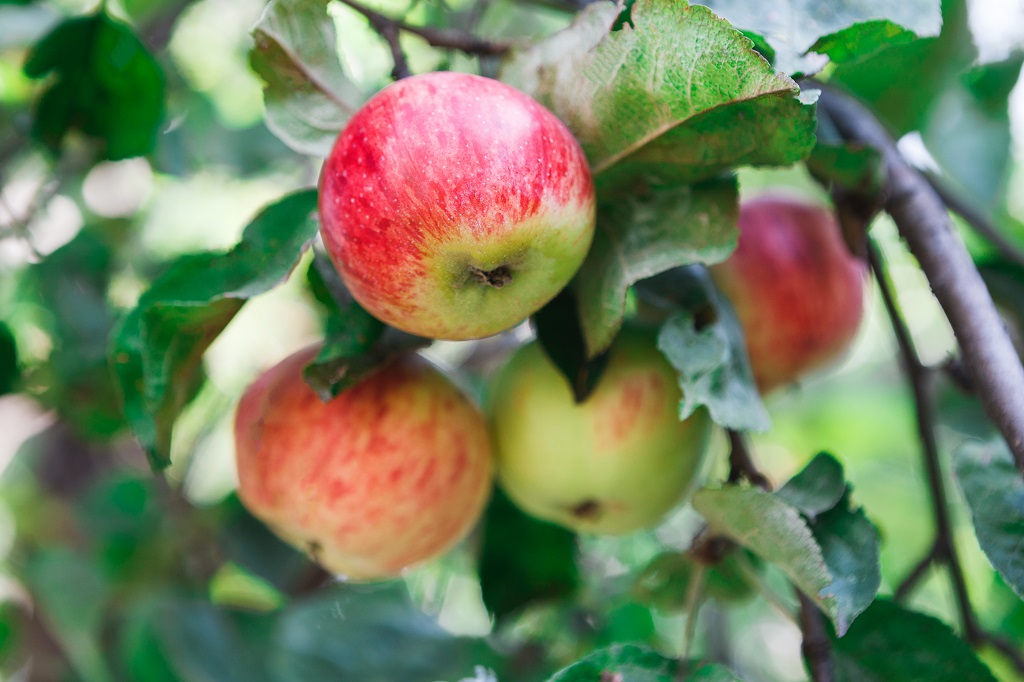
Fruit and nut trees are beneficial in that they provide food, shelter, and possible nesting sites. Bluebirds enjoy perching in trees or bushes surrounding open areas. Leaving sections with grassy areas that include both low and high plants encourages the birds to hunt and explore.
Apple trees are a favorite of most bluebirds for several reasons. Aside from the fruit itself, the tree is usually a smorgasbord of insects. It also forms natural holes and cavities in the trunk and branches that provide perfect bluebird nesting sites.
Creating a Bluebird-Friendly Habitat
It is not difficult to attract bluebirds to your environment by ensuring they have everything they need in one place. In addition to the food and plants mentioned above, here are a few more things necessary for happy, healthy bluebirds.
Adding a Water Source
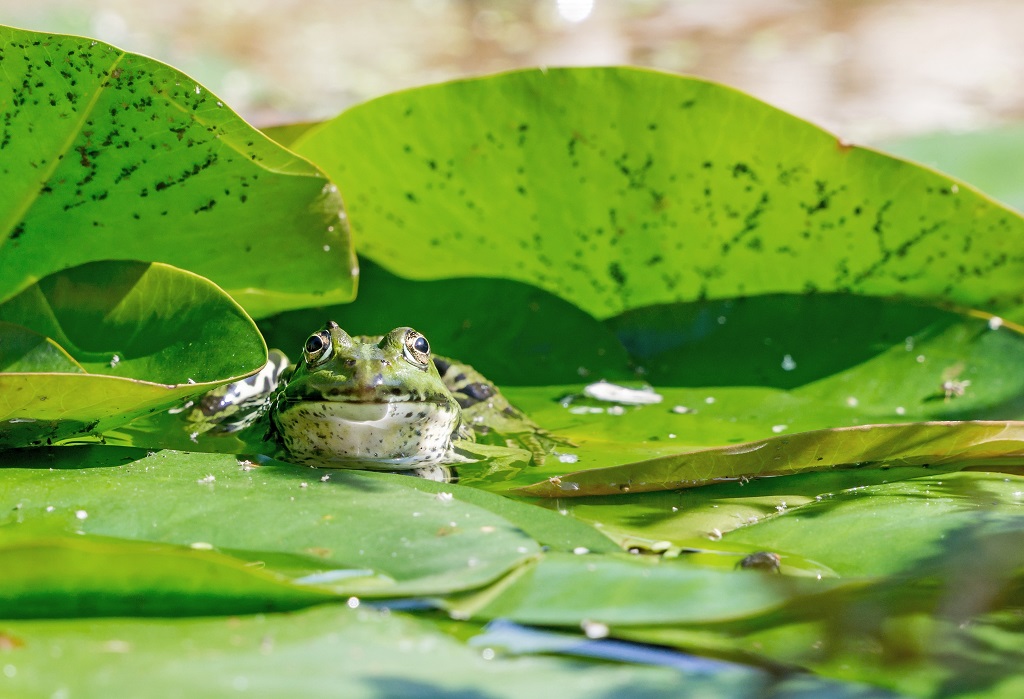
Providing a clean, fresh water source is a high priority for attracting bluebirds to your yard. This can be a birdbath or even a small, shallow pond.
Adding a dripper will attract the interest of even more birds, as they will use it to bathe and drink. In colder climates, you may consider installing a heating element.
Bird Houses
Bluebirds are cavity-nesters, preferring close, cramped quarters to raise their young. Enthusiasts can help the birds out by providing birdhouses designed explicitly for them.
Make sure the birdhouse openings are the exact dimensions needed by the bluebirds in your area. This will prevent invading sparrows and starlings from taking over the nesting box.
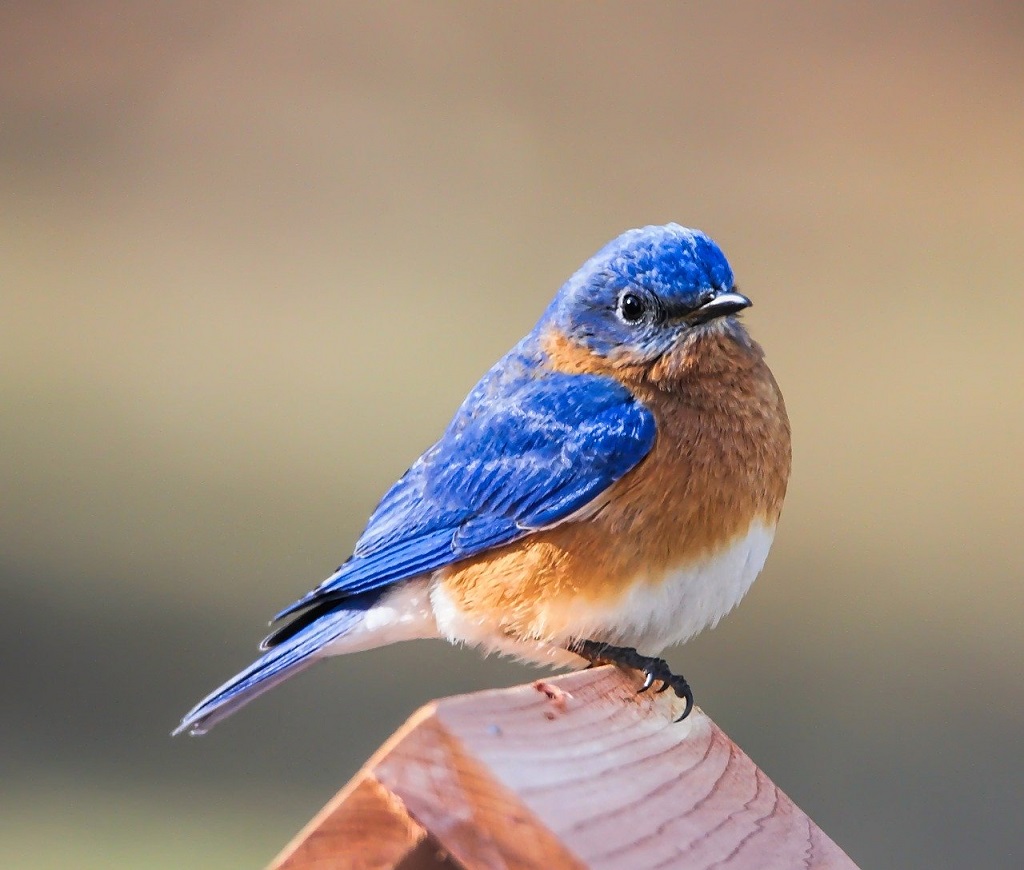
Shelter vs. Open Areas
While some shelter in the form of trees and shrubs is desirable, bluebirds prefer open spaces for their habitat. Bluebirds are regularly found in golf courses, meadows, and open fields.
The patchy vegetation in these areas protects them from predators and provides places for them to perch when hunting for food.
Garden-Inspired Birding Tees
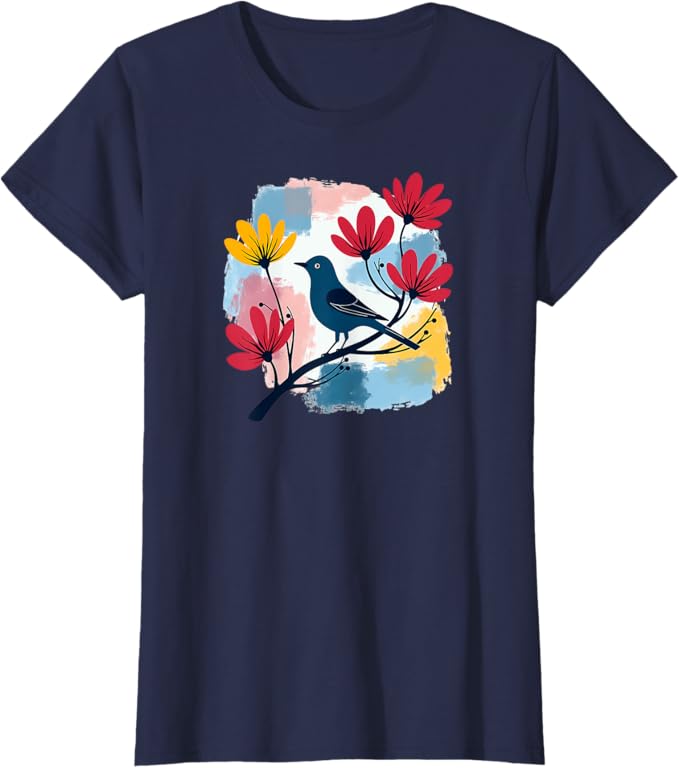
Love the birds that visit our gardens? Check out this Colorful Bluebird Pop Art with Vibrant Cosmos Flowers T-Shirt.
Get yours today, just in time for Spring! Available from Garden Bird Lover Tees at Amazon.com.
How Will You Attract More Bluebirds To Your Garden?
Why not add a suet or mealworm feeder to your garden? If there are bluebirds in the neighborhood, they will visit if you stock up on their favorite foods. Or plant a new berry bush.
Take the time to turn your yard into a friendly, welcoming environment for America’s beloved bluebirds. Making just a few additions and enhancements to your outdoor living space will encourage them to move in and make it their own.
Their antics and colorful presence will enhance your yard and your life for years to come.
Like it? Pin It!
